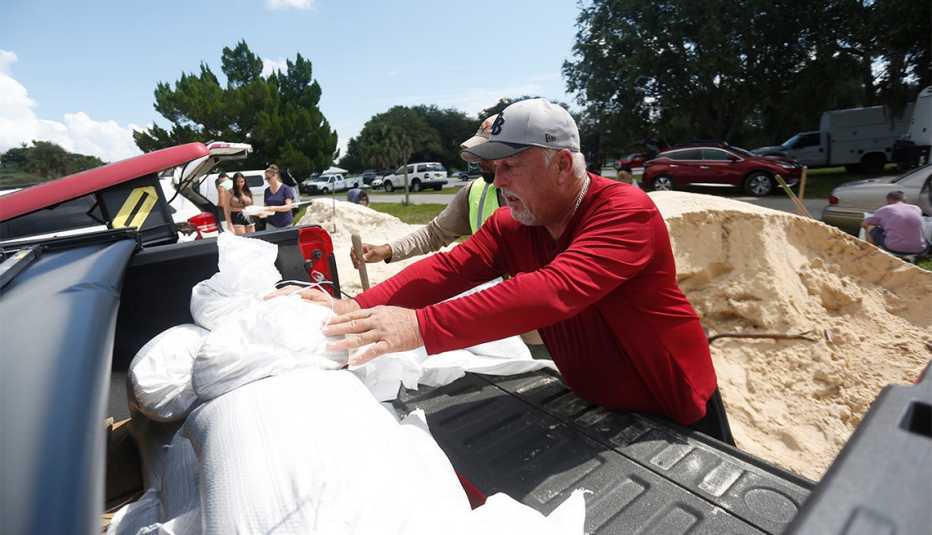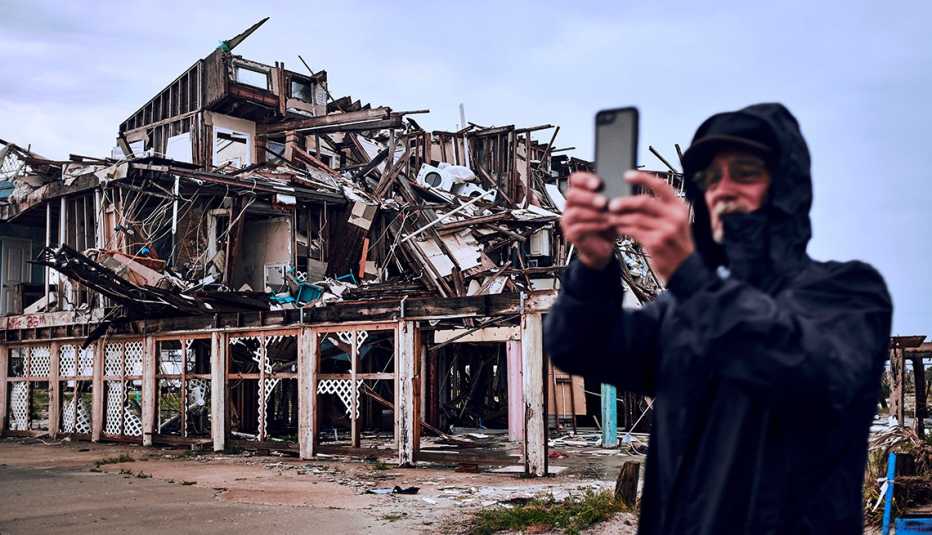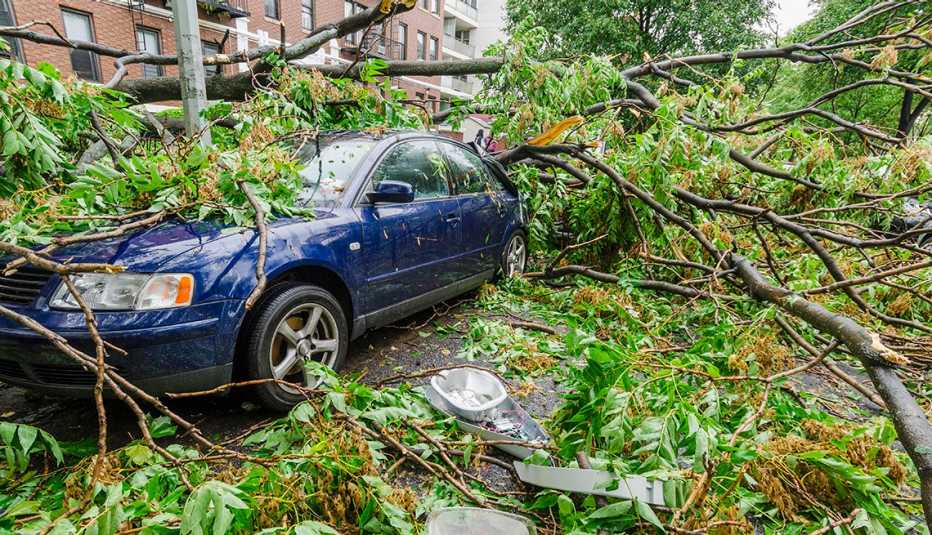Staying Fit
Some reasons you might need to leave home in a hurry? Hurricanes, tornadoes, wildfires, mudslides, floods.
These events are becoming more common, so people across the country are preparing by keeping a bag — or several — packed with what they’ll need to grab if they must leave home in an emergency.


AARP Membership— $12 for your first year when you sign up for Automatic Renewal
Get instant access to members-only products and hundreds of discounts, a free second membership, and a subscription to AARP the Magazine.
JoAnn Rash first realized the need for a “go bag" after a California friend was forced to evacuate quickly during an earthquake. Rash, 56, consulted the American Red Cross for recommendations on a disaster preparedness kit in case she and her family ever have to flee their home in Vancouver, Washington. She then found an oversize backpack with lots of pockets and filled it with essentials, from flashlights and batteries to bottled water.
“I felt like we needed to be ready for whatever comes our way,” Rash explains.
In 2022, wildfires in states including Arizona, California, Colorado and New Mexico put thousands of people under evacuation orders. More than 300,000 people on the west coast of Florida were under mandatory evacuation orders as Hurricane Ian approached. They included Dick Cooper, 75, who prepared for the arrival of Hurricane Ian from his Sarasota home reassured that he had a generator and was stocked with supplies. His area was not under an evacuation order.
While he did not have a bag packed, the retired journalist said if he did need to leave unexpectedly he could be ready within an hour. All of his 300,000 photos and other important information are backed up on a few external hard drives the size of novels, he noted, so he’d just need to grab those, his computer, medication, clothes and a few other items and he’d be ready to go “It’s like packing three library books and I’m out the door with all my writing and my photography,” Cooper says.
Packing a go bag is essential for disaster preparedness. Here are important items to include.
1. The bag
Your carryall must be large and sturdy enough to hold the essentials and small enough to grab on the run. A backpack is a great option. If you’re not able to carry a heavy bag, Sury recommends a duffel bag on wheels.





































































